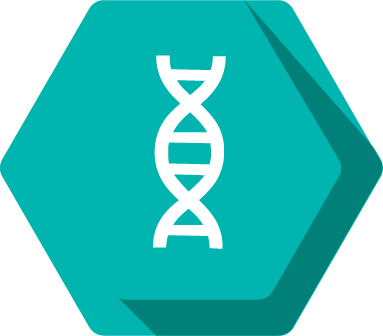Daniel Andary

Pronouns: He/Him
Research Mentor(s): Yuji Mishina, Professor
Research Mentor School/College/Department: Biological and Material Sciences, School of Dentistry
Presentation Date: Thursday, April 22, 2021
Session: Session 3 (1pm-1:50pm)
Breakout Room: Room 10
Presenter: 2
Abstract
Craniofacial defects have affected some humans from birth, running rampant without many methods to lessen the impact. We aim to explore potential solutions to the phenomenon using model mice. We recently reported that transgenic mice with enhanced bone morphogenic protein (BMP) signaling in neural crest cells induced midfacial defects along with ectopic cartilages in the face but not in trunk neural crest cells (NCCs). Here, we hypothesized that enhanced BMP signaling in NCCs formed ectopic cartilages, resulting in midfacial defects. Single-cell RNA sequencing identified candidate genes that may be involved in the ectopic cartilage formation. Among them, Xist, a central component of X chromosome inactivation, is our focus because it was significantly increased in cranial NCCs from mutant mice but not in trunk NCCs from mutant mice. That led us to the idea that ectopic X chromosome inactivation by increased Xist is responsible for the ectopic cartilages in the face since Xist is not increased in trunk NCCs, and ectopic cartilages did not form in the trunk. To analyze that, we counted inactivated X chromosomes of cranial and trunk NCCs, allowing us to analyze how they impacted ectopic cartilage formation. Female cells normally inactivate one of two X chromosomes in a nucleus. Here, we showed that some of the cranial NCCs from mutant mice have two inactivated X chromosomes in a nucleus, which means ectopic X chromosome inactivation. Moreover, trunk NCCs from both control and mutant mice did not have two inactivated X chromosomes in a nucleus as we expected. Our preliminary results indicated that cranial NCCs from mutant mice have ectopic X chromosome inactivation, and trunk NCCs from mutant mice did not have ectopic X chromosome inactivation. That outcome supports that ectopic X chromosome inactivation in the cranial region is partially responsible for ectopic cartilage formation. That area could be a target for clinical treatment of the ailment. Considering the increased Xist in mutant mice, an inhibitor would be ideal for treatment, allowing X chromosome inactivation.
Authors: Daniel Andary, Hiroki Ueharu, Yuji Mishina
Research Method: Laboratory Research with Animals







